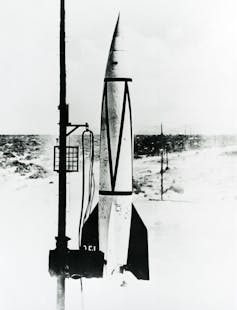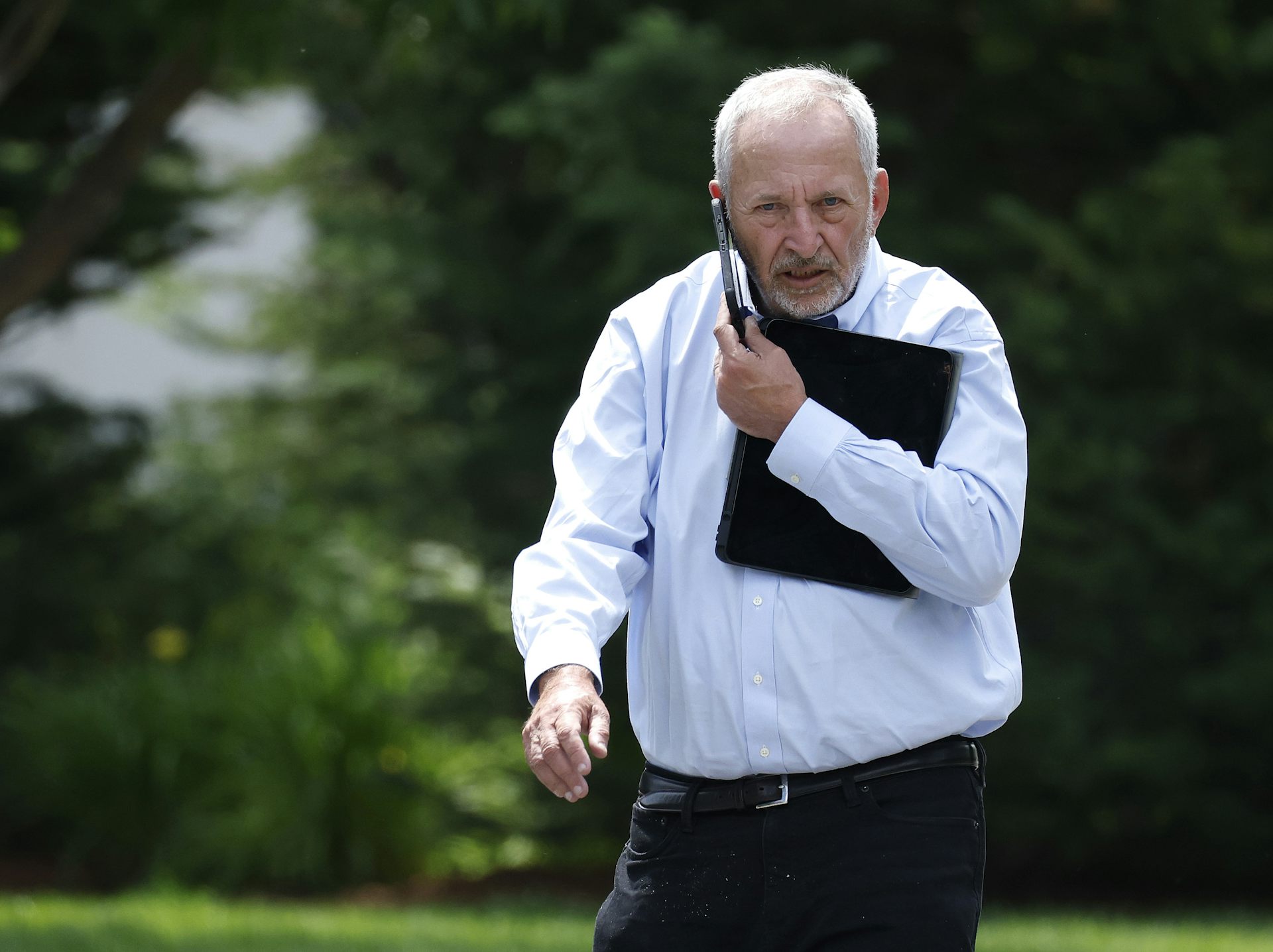The invisible power of 'flutter' – from plane crashes to snoring to free energy
Whether or not you’ve ever used the word flutter, you’ve encountered the phenomenon – in flags, airplanes, bridges and more. Mathematicians are still figuring out exactly why and how this happens.

With the car windows down on the first warm day of spring, the urge is unshakable. You extend your arm into the wind, tracing the city skyline in a natural motion somewhere between swimming and waving. As you move your hand, you alter the flow of the air. The redirected air in turn exerts a force on your hand.
Interactions like this – between a fluid flow, like water or air, and a flexible structure – are ubiquitous in nature. You can see them in a flapping flag, a garden hose spraying wildly or even the mild annoyance of a snoring significant other.
Such interactions are carefully considered in the design of buildings, bridges and aircraft. The principal reason? A structure can become fundamentally unstable when immersed in a fluid flow, like that of air or water.
This type of instability is known as flutter, and it can cause catastrophic failure. A harrowing example, sadly involving loss of one canine life, is the collapse of the Tacoma Narrows Bridge (“Galloping Gertie”) in 1940.
As an applied mathematician, my goal is to understand flutter – why it happens, when it happens and how to help engineers stop it (or bring it about, depending on the situation).
Flutter 101
Whether or not you’ve ever used the word flutter, you’ve encountered the phenomenon. Preventing flutter in aircraft components, for example, constitutes a key challenge for a multi-billion-dollar industry.
Another pertinent example is the flutter of the human soft palate. Intense snoring correlates with the serious medical condition of obstructive sleep apnea, plaguing one in 15 adults in the U.S.
To an engineer, the flutter phenomenon is known as a self-excitation. In other words, in the right conditions, an inherently stable structure can become unstable. Think back to the hand waving outside the car window: As the hand moves slightly, the air flow is altered, pushing back on the hand. If the hand responds to this force, it changes the air flow again, and on and on.
For a flexible object under just the right circumstances, this cycle may persist, resulting in a potentially violent periodic motion. It’s like the movement of a tuning fork or guitar string, but at the scale of building, airplane wing or bridge.
For contrast, consider the resonance phenomenon – like a child pushed on a swing or soldiers marching on a bridge. In these instances, a periodic application of force, acting with the right frequency, amplifies the scale of the existing oscillations. Flutter is fundamentally different and somehow more disconcerting, requiring only a surrounding flow and no cyclic application of force.
Closer study
In the early days of flight, with little academic knowledge of flutter, pilots could encounter wing and tail flutter simply by flying into a sustained headwind at the wrong altitude. Engineers now believe that many early aircraft crashes were the result of flutter events.
Some of the first academic studies of flutter occurred in the Cold War era, when countries maintained an interest in delivering rockets to one another. At extreme velocities at or above the speed of sound, the rocket paneling could flutter, potentially destabilizing the flight trajectory. Preventing panel flutter – or at least minimizing its effect – ensured that a projectile found its intended destination.

Today, engineers and scientists aim to produce sophisticated mathematical models that accurately capture flutter. This can mean a variety of things, but, most importantly, it means the model makes predictions that can be verified in a controlled experimental setting. If this is the case, and the model is deemed viable, engineers and scientists can produce better designs with it.
Predicting if flutter occurs, for a given flexible object in a given fluid flow, is typically not the problem; simple mathematical models can often accomplish this. However, it’s even more difficult to mathematically capture precisely what happens after the object becomes unstable and flutter begins. New, more complex models have been proposed, but are not yet completely understood.
For example, state-of-the-art models still struggle to capture the flutter from large flapping motions at the end of a long beam – like gusting wind along the length of a diving board. Engineers and mathematicians agree that many existing models are deficient, providing an active area of research.
New promise
However, the study of flutter isn’t just about preventing catastrophes or more effectively delivering rockets. In the last decade, engineers and scientists have figured out how to harvest energy from certain types of flutter.
A small metallic strip just centimeters long can be easily excited by a flow along its length, in a manner analogous to a flapping flag. This motion can generate a small amount of electrical power. A viable mathematical model could capture the complex interactions at play and help engineers more efficiently harvest this energy from everyday sources like wind or a moving car.
If little clips like this could flutter, then it might generate enough power to, say, charge an iPhone. One day, such flutter technology could help power remote areas and cut down on battery-related waste.
Justin Webster receives funding from NSF-DMS.
Read These Next
Empathy and reasoning aren’t rivals – new research shows they work together to drive people to help
Those driven by both heart and mind help the most people, even far beyond their own circle.
Flat Earth, spirits and conspiracy theories – experience can shape even extraordinary beliefs
Conspiracy thinking, supernatural beliefs and pseudoscience can seem impervious to evidence. An anthropologist…
Planning life after high school isn’t easy – 4 tips to help students and families navigate the proce
Students and their families can’t plan for everything, or know with absolute certainty what the best…





